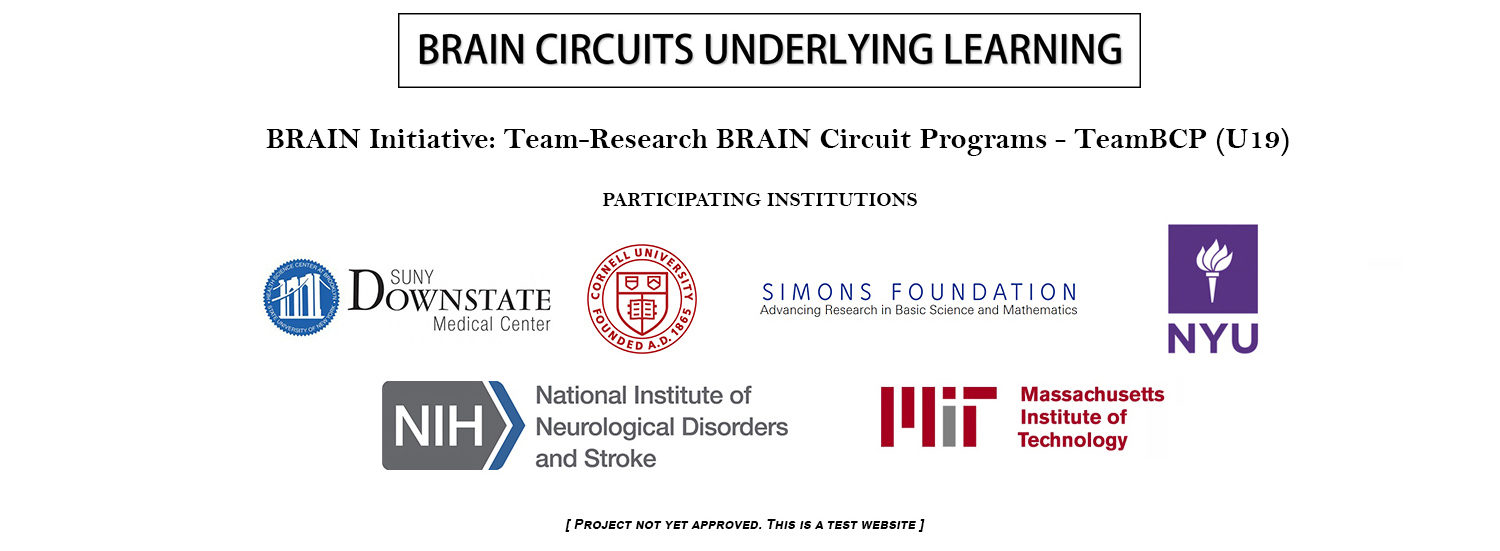We will determine the physiological effects of perceptual learning (PL) in the primary visual cortex of the brain (V1). Previous studies found that neurons change the bandwidth of their orientation-selectivity (their sensitivity to the angular spread of lines and edges in visual space), as a function of training: more training led to better angle discrimination performance and narrower (more precise) orientation tuning curves in neurons. This corre-lation between PL performance and neuronal tuning curves indicates that neurons change the way they respond to the visual world as a function of experience. The mechanisms by which these neural changes occur are unknown. Here, we will examine whether the training signals that originate in the brain arrive to area V1 neurons by way of feedforward circuits (from earlier levels in the visual hierarchy), or from feedback circuits (i.e. from higher areas of the brain). The answer will inform models of how learning takes place, and provide insights into learning disability and rehabilitation therapeutic design.
When neurons activate, they receive an influx of calcium into their cell bodies. We will use calcium indicating fluorescent proteins with advanced imaging methods to simultaneously see hundreds of neurons responding to visual stimuli during perceptual learning. This procedure will help constraint the circuit architecture involved in perceptual learning and allow us to test how much neurons are learning, and in what ways they are improving their orientation discrimination performance, in relation to the observer’s behavioral performance. These results will be correlated with the anatomical measures from Project 2 in the same neurons, thus linking performance, physiology, and anatomical morphology, in NHPs. We will also conduct electrophysiology with linear multi-elec-trode arrays in the different learning regions of cortex to discern the sources of inputs that enact learning during training, as a function of generalization and specialization mechanisms. The physiological and behavior results will be further linked to human performance on the same task in Project 4, and to the associated fMRI physiology in humans, thus systematically connecting human behavior to the cellular-level physiological and anatomical underpinnings of PL.
Another factor of interest in perceptual learning is that metabolic demands increase during learning, but then decrease with further training, as observers develop true expertise on a task. This decrease in demand occurs despite maintained performance, as if expertise entails the reallocation of resources in such a way as to do the same job for less cost. Project 3 will probe this fundamental hypothesis by examining local blood flow near the relevant neurons during initial and sustained training, as compared to vascular remodeling in Project 2, and fMRI/BOLD signal changes in Project 4.
Susana Martinez-Conde [ MPI – Project 1 Lead ]
Professor of Ophthalmology, Neurology
and Physiology & Pharmacology
Director, Laboratory of Integrative Neuroscience
SUNY Downstate Medical Center
Email: smart@neuralcorrelate.com

